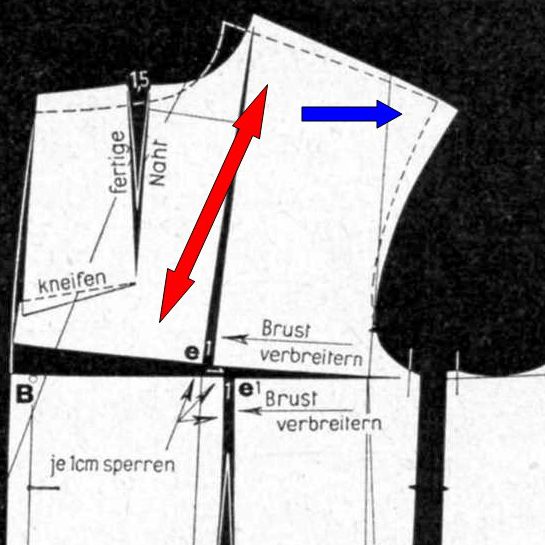Nick D
Call Me a Cab
- Messages
- 2,166
- Location
- Upper Michigan
anyone else have any thoughts on the aesthetic appeal of the shirt shoulder ?
Personally I don't care for it on suit. My preference is for a strong shoulder, a structured front, and a defined waist. But I do agree that it would look good on workwear.































